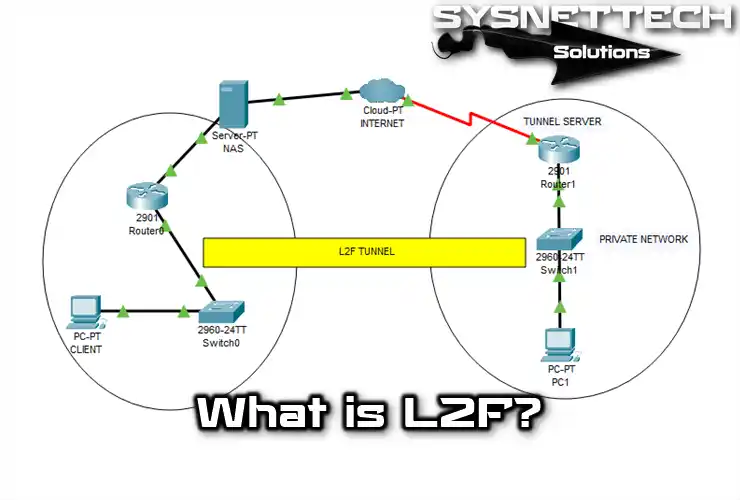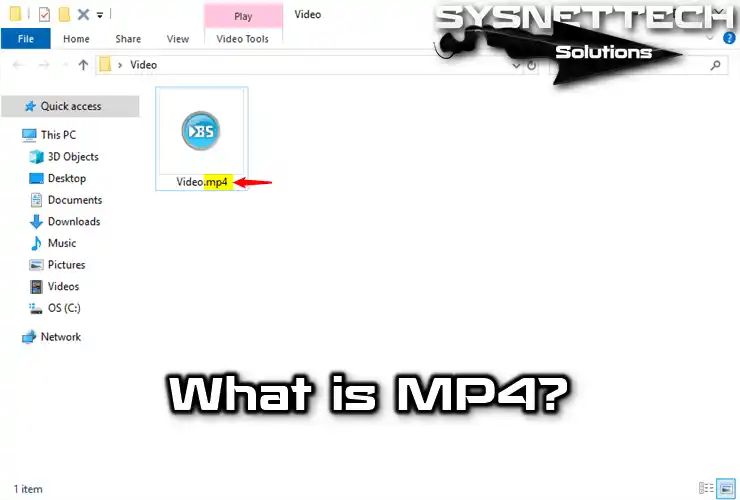Adobe Flash Player, earlier known as Macromedia Flash, is animation software. It enables the creation of interactive content for a global audience. The software is compatible with many devices and platforms worldwide.

What is Adobe Flash Professional Animation Software?
Adobe Inc. did not create Flash software. A smaller company named FutureWave Software made it. Initially, they called it FutureSplash Animator. Macromedia acquired FutureWave Software in December 1996. As a result, they renamed the animation program Flash 1.0.
From 2013 to 2015, Adobe renamed the Flash program. They changed its name to Professional CC. But, shortly after that, they renamed Adobe Animate and made it accessible.
This software is a program developed and distributed by Adobe Systems today. This software offers many features, such as vector graphics and raster images. It also supports audio, program code, video streaming, and two-way audio.
People use Adobe software to create animated and interactive files. Additionally, it is the virtual machine program that runs those files. It allows for a better understanding of its purpose.
Typically, web pages play files with the SWF file extension. Users can view them in a browser or using a third-party player program.
Animations on web pages and multimedia websites often feature these files. Internet advertisements widely use them.
In earlier versions, Macromedia allowed simple animations. However, it has evolved into a versatile tool for creating multimedia online.
Macromedia owned the software until 2005. After acquiring it, Adobe Systems significantly expanded its product portfolio in the market.
Flash Player
Adobe Flash Player is a virtual machine that runs SWF files. Although Adobe is now developing it, Macromedia created it.
It is entirely free and works on many platforms. Thanks to this feature, it is widespread and can be used on the Internet. It is an almost essential tool. The player plug-in is available on various operating systems. These include Windows, Mac OS X, Linux, Solaris, Android, and Symbian OS.
In older web browsers, users had to install the Player plug-in manually. But, the plug-in became integrated as browsers improved, allowing for a better user experience.
It played a vital role in video player applications and gaming. However, nowadays, its popularity has declined due to HTML5-based alternatives.
Note: Adobe announced it will no longer support Flash Player as of December 31, 2020. It announced that it would block Flash-supported content from January 12, 2021.
ActionScript
ActionScript is an object-oriented language that extends the functionality offered by Flash. It allows the creation of highly interactive movies or animations with interactive content. This software enables the design of interfaces with a higher level of interaction. The user can add and manage new effects in this app.
The ActionScript 3.0 version became an object-oriented programming language. It achieved this only through class without using prototype-based programming. They made new changes to the syntax of this language. Furthermore, they used it in more recent versions.
Difference Between Flash and Animation
Adobe Player uses images and sounds to create 2D animations.
In short, it operates the spirit by playing multimedia items or games. Additionally, energy creates a more realistic and 3-dimensional element. It involves a very intense work process.
Flash Player Security
Specific files created with this app can cause malfunctions. They may run potentially malicious code on the Internet. As a result, attackers can exploit vulnerabilities in the browser’s Player plug-in. It could lead to remote attacks compromising a computer’s security.
So, Macromedia released a patch for a vulnerability that occurred in 2002. It serves as a general warning. Users might consider the Player safe to use, especially with modern browsers. But they can compile application files or source code very quickly.
Various programs extract graphics, sound, and program code from SWF files. They serve as compilation examples. Flasm, an open-source program, allows users to remove ActionScript from an SWF file. Users can then edit it and add it back to the file.
Chrome browser or Firefox tool blocks these files by default due to security flaws and vulnerabilities in the software.



